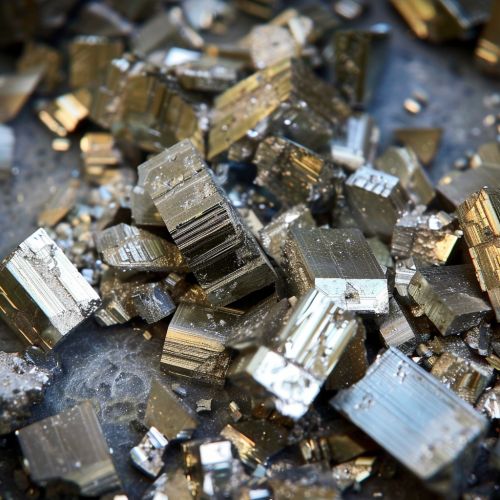Zinc phosphide
Introduction
Zinc phosphide (Zn₃P₂) is an inorganic chemical compound that has significant applications in various fields, particularly in pest control and semiconductor technology. This article delves into the detailed properties, synthesis, applications, and safety considerations of zinc phosphide, providing a comprehensive understanding of its role and importance in science and industry.
Chemical Properties
Zinc phosphide is a gray-black crystalline solid with a tetragonal crystal structure. It is insoluble in water but reacts with acids to release phosphine gas (PH₃), a highly toxic and flammable substance. The compound has a molecular weight of 258.11 g/mol and a density of 4.55 g/cm³. Its melting point is approximately 1,170°C, and it decomposes before boiling.
Synthesis
Zinc phosphide can be synthesized through several methods. One common method involves the direct combination of elemental zinc and phosphorus at high temperatures. The reaction is as follows:
\[ 3Zn + 2P \rightarrow Zn₃P₂ \]
Another method involves the reaction of zinc oxide (ZnO) with phosphoric acid (H₃PO₄) in the presence of a reducing agent, such as carbon. This process is typically carried out in a controlled environment to ensure the purity of the product.
Applications
Pest Control
Zinc phosphide is widely used as a rodenticide. When ingested by rodents, it reacts with stomach acid to produce phosphine gas, which is lethal. This application is particularly effective in agricultural settings to protect crops from rodent damage. However, due to its high toxicity, the use of zinc phosphide must be carefully managed to avoid accidental poisoning of non-target species, including humans and pets.
Semiconductor Technology
In the field of semiconductor technology, zinc phosphide is used in the fabrication of photovoltaic cells and light-emitting diodes (LEDs). Its direct bandgap and high absorption coefficient make it suitable for converting solar energy into electrical energy. Research is ongoing to improve the efficiency and cost-effectiveness of zinc phosphide-based solar cells.
Other Applications
Zinc phosphide is also used in the synthesis of other chemical compounds and materials. For example, it serves as a precursor in the production of zinc phosphide nanowires, which have potential applications in nanoelectronics and nanophotonics.
Safety Considerations
Due to its high toxicity, handling zinc phosphide requires strict safety measures. Inhalation, ingestion, or skin contact with the compound can cause severe health effects, including respiratory distress, gastrointestinal issues, and even death. Appropriate personal protective equipment (PPE), such as gloves, masks, and protective clothing, should be worn when working with zinc phosphide. Additionally, proper ventilation and storage conditions must be maintained to prevent accidental exposure.
Environmental Impact
The use of zinc phosphide in pest control has raised concerns about its environmental impact. Residual zinc phosphide in the environment can pose risks to non-target species, including birds and aquatic organisms. Therefore, its application must be carefully regulated, and alternative pest control methods should be considered to minimize ecological harm.
Image


